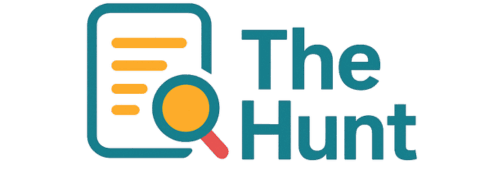Children do not learn at the same pace. It is common for them to struggle at one point in their studies. But if you have noted your little one is having extreme difficulties spelling, reading, or writing, chances are they have dyslexia. Note that this has nothing to do with low IQ. Therapy for dyslexia aims to help kids improve on sound recognition, phonology, and decoding of words.
What Kind of a Learner is Your Child?
Disability or not, some kids learn best by doing while others by listening or reading. You would help better a child with dyslexia if you understand their primary learning style. Here’s an overview of different learners and how to assist them.
The Visual Learner
This is a kid who learns by reading or seeing. They comprehend ideas better when given study materials and visual tests instead of verbal questions. That means they prefer diagrams, written notes, images, graphs and charts, and maps for directions. You’ll also note that a visual learner loves to write, read, and draw. To help visual learners, give them computers, flashcards, drawings, books, videos, and other visual aids. Where possible, teachers should highlight points with bright colors.
The Auditory Learner
A child who learns by listening is an auditory learner. They will, therefore, perform best in a lecturing environment with oral tests. Study groups, spoken directions, and classroom discussions work best for auditory learners. It is no wonder they love stage performances, languages, and music. Studying in groups and reading materials out loud are some of the best approaches to help audio learners. Audio recordings ad books on tape are also perfect.
The Kinesthetic Learner
Knowledge gained by moving and doing is regarded as kinesthetic learning. A kinesthetic learner grasps concepts better by creating, exploring, touching, and moving. They make the most of lab experiments, field trips, skits, and props. They are more likely to love drama, martial arts, dancing, artwork, and sports. A kinesthetic learner would benefit more from model building, role-playing, and memory games.
An intelligent kid struggling with reading isn’t necessarily an academic failure. Some kids with Therapy for dyslexia show more effort than their classmates and may actually score better in their first few grades. Dyslexia usually manifests when they reach the third grade, where it is generally expected that all kids can read fluently. Have you figured out if your kid is an auditory, visual, or kinesthetic learner? Consider dyslexia therapy and take the necessary steps to ensure their learning techniques are incorporated into their normal classwork or home study.

